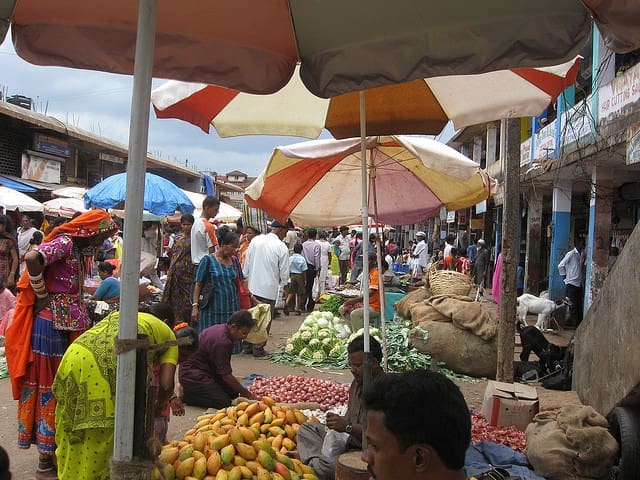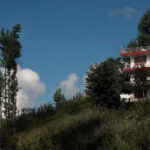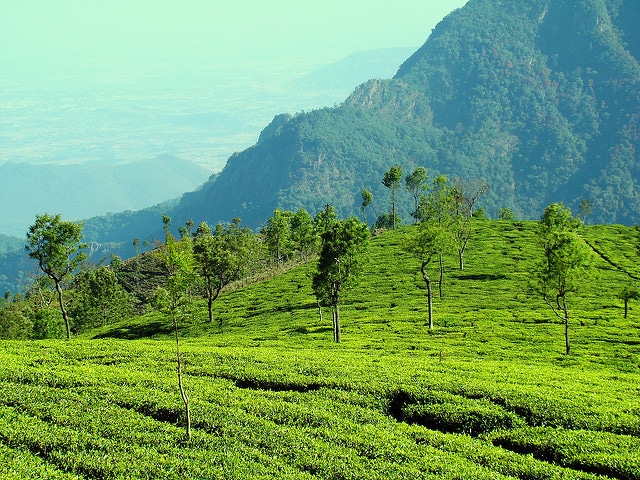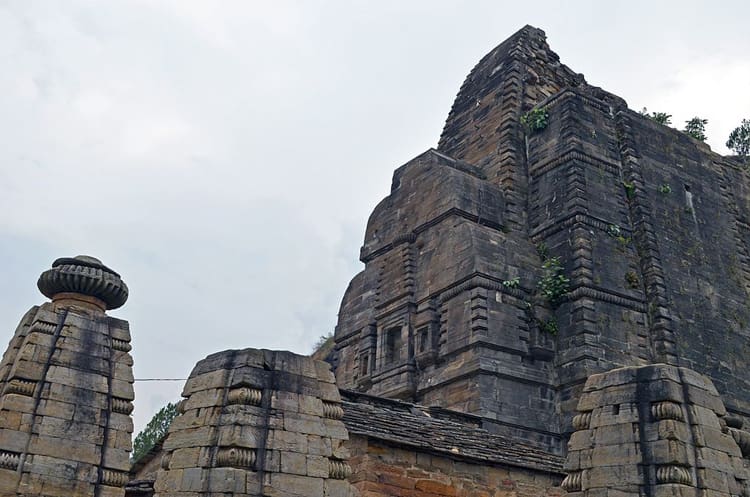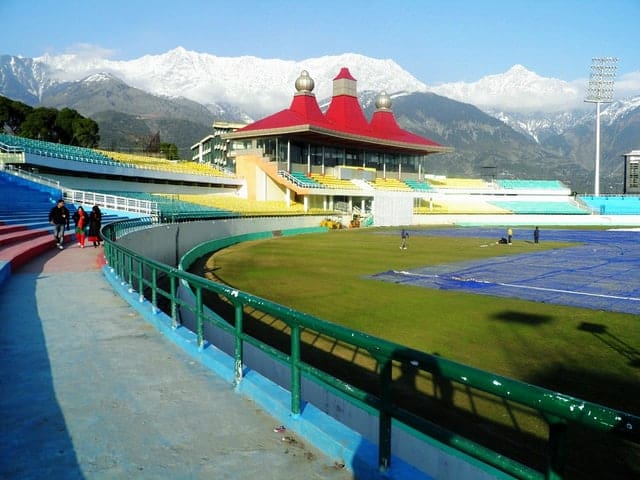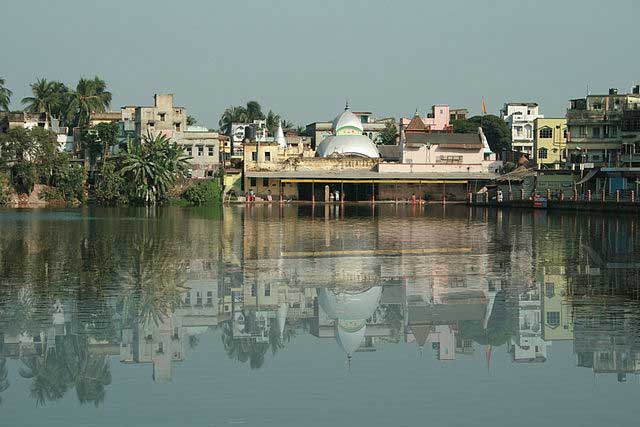Mapusa, cradled in the vibrant heart of North Goa (places to visit in Mapusa), is more than a mere town—it is a living tapestry where age-old traditions, culinary wonders, religious devotion, and the verdant charm of the Goan landscape collide. When travelers explore Mapusa, they experience authentic Goan life untainted by commercial excess, set against the backdrop of bustling markets, ornate temples, colonial architecture, and serene riverside vistas. Here, we dive deeply into the immersive sceneries, cultural significance, historical context, and practical tips that transform a visit to Mapusa from a casual stopover to an unforgettable exploration.
1. The Legendary Mapusa Market: A Carnival of Culture and Commerce
History and Origin
The origins of the Mapusa Market can be traced back to the pre-Portuguese era, serving as a vital trading hub for North Goa. Its growth accelerated during colonial rule, catering to the economic needs of villages scattered around Mapusa. The weekly influx of traders from adjoining villages is a centuries-old tradition that remains alive and vigorous every Friday.
Friday Festivities: The Pinnacle Experience
-
Villager Influx: Fridays transform the market into a sprawling bazaar, where traders arrive as early as dawn, unfolding an astounding array of local produce.
-
Unique Offerings: Discover locally cultivated cashews, aromatic spices, handcrafted Goan sausages, coconuts, and rare medicinal herbs. Do not miss homemade pickles, dried fish, and sun-cured kokum.
-
Cultural Tapestry: Witness women in traditional nav-vari sarees, men bargaining in animated Konkani, and the rhythmic drone of commerce—a living record of Goa’s hybrid legacy.
A Food Lover’s Paradise
-
Gastronomic Trail: From savory chorizo rolls to sweet bebinca, every stall offers a taste of Goa’s culinary soul. Sample the freshest poi (Goan bread), spicy samosas bursting with local flavors, piping hot bhajis, and refreshing kokum juice.
-
Street Eats: Indulge in “cutlet pão,” prawn rissoles, or the distinctly Goan “ros omelette” at street-side carts. Each delicacy narrates a story of migration, innovation, and tradition.
Souvenir Expeditions
-
Artisanal Finds: The market is a trove for terracotta figurines, bamboo crafts, silver jewelry, and traditional “Kunbi” saris. Collect unique coconut shells, folk art, and hand-embroidered linen, which embody the region’s rustic appeal.
-
Practical Tips: Arrive early for the freshest produce. Bargaining is expected and part of the experience. Guard valuables closely as the market gets crowded.
2. Shree Bodgeshwar Temple: The Sacred Heart of Mapusa
Spiritual Essence
Anchored on the town’s fringes, the Shree Bodgeshwar Temple is revered as the “Annadata” or grain giver—protector of Mapusa’s prosperity and well-being. Generations of Mapusa locals attribute their family’s blessings and business success to prayers offered here.
Architectural Grandeur
-
Temple Structure: Bask in the opulent simplicity of the whitewashed domes, colorfully painted columns, ornate altars, and a sprawling “sabhamandap” or congregation hall, all designed in classic Goan temple style.
-
Idol and Rituals: The main sanctum houses a stone idol of Lord Bodgeshwar besmeared with sindoor, flowers, and oil lamps. Observe priests chanting ancient prayers while devotees present garlands and coconuts.
-
Modern Facilities: The temple complex now includes shaded pavilions, drinking water facilities, and a large parking area accommodating the steady stream of pilgrims.
The Zatra: An Annual Cultural Epicenter
-
Grand Procession: The annual Bodgeshwar Zatra ignites the town with processions, colorful floats, and performances by village troupes. Hundreds of stalls selling sweets, trinkets, and devotional offerings add a festive flavor.
-
Rituals and Participation: Witness ceremonies, chanting, and community feasts—outsiders are welcome and participation is considered auspicious.
Atmosphere and Etiquette
-
Serenity: Early mornings exude tranquility, ideal for private prayer or meditation. The surrounding green paddy fields enhance the sacred ambiance.
-
Visitor Tips: Dress modestly, remove footwear before entering, and attend the morning or evening “aartis” for a soulful immersion.
3. St. Jerome Church: Mapusa’s Spiritual and Colonial Jewel
Historical Significance
Founded in the early 16th century, the St. Jerome Church (Igreja de São Jerónimo) stands as an enduring testament to Mapusa’s entwined colonial and local traditions. It was constructed by the Portuguese to serve the Christian populace, becoming a nexus of faith and community across centuries.
Architectural Details
-
Baroque Splendour: The church is adorned with a stately facade, grand baroque entrance, imposing steeples, and intricate carvings, all whitewashed to a gleaming sheen.
-
Interiors: Ornate altars, a sanctuary glazed with stained glass, and centuries-old relics display exceptional craftsmanship. The high-vaulted ceilings amplify hymns sung during mass.
Annual Feast and Festivities
-
January Feast: Each year, St. Jerome’s Feast transforms Mapusa into a vibrant celebration. Residents and pilgrims process through bedecked streets, followed by music, artisanal fairs, food stalls, and communal gatherings.
-
Cultural Impact: The feast unites Goan Catholics and visitors alike, showcasing interfaith harmony and preserving Mapusa’s unique blend of traditions.
Other Attractions
-
Cemetery and Museum: The churchyard houses a colonial-era cemetery, while a modest museum presents artifacts and chronicles documenting the area’s rich Christian legacy.
-
Quiet Reflection: The peaceful interiors provide respite from the bustling market square, inviting contemplation regardless of faith.
4. Mapusa Municipal Market Square: Living Urban Heritage
The Nexus of Daily Life
The Municipal Market Square is not just a place for shopping but a social, economic, and cultural crucible where old traditions blend with Mapusa’s growing urban identity.
Vibrant Microcosm
-
Daily Markets: Unlike the weekly Mapusa Market, the square is abuzz each day with vendors selling fresh fruits, vegetables, herbs, baked goods, and local sweets alongside tailors, cobblers, and craftspeople.
-
Retail Wonderland: Clothing, accessories, shoes, sarongs, ceramics, and utensils fill every nook of this commercial labyrinth. The lively chatter, neon signboards, and bursts of color paint an irresistible cityscape.
Cultural Lifelines
-
Street Performers: Local Goan musicians and artists set up impromptu shows, creating a heady mix of sound, rhythm, and movement.
-
Food Culture: Street food vendors deliver Goan classics—fish curry rice, vindaloo, and “chourico fry”—that attract both locals and intrepid travelers.
Practicalities and Etiquette
-
Exploration Tips: Early morning hours are quieter and best for photography. Carry cash for small purchases as not all stalls accept digital payments.
-
Local Connections: Friendly conversations are easy to strike up, as vendors take pride in sharing stories about their wares and local lore.
5. Colvale: The Bucolic Retreat on Mapusa’s Doorstep
Gateway to Nature and Rural Life
Just a short drive north of Mapusa unfolds Colvale, one of North Goa’s most scenic and tranquil villages, known for its paddy fields, coconut groves, and the languid waters of the Chapora River.
Natural Attractions
-
Chapora Riverfront: Embark on scenic river rides or sunset boat trips. The gently flowing river reflects the swaying palms and fiery evening skies, an ideal backdrop for relaxation or introspection.
-
Birdwatcher’s Haven: Marshland and riverside thickets attract herons, kingfishers, bee-eaters, and migratory birds, making it a rewarding stop for nature enthusiasts and photographers.
Village Charms
-
Heritage Homes: Walk winding lanes lined with colonial-era Portuguese mansions sporting ornate, pastel-painted facades, exquisite balconies, and flowering gardens.
-
Authentic Living: Witness age-old village activities—fishing with traditional nets, paddy harvesting, and toddy tapping. Locals graciously share insights into Goan customs and farming cycles.
-
Artisan Bakeries: Experience the aromas and flavors of bread baked in wood-fired ovens—a practice unique to Goan Catholic villages.
Festivals and Lifestyle
-
Village Festivities: Participate in festas, local music nights, and harvest celebrations. These events embody the communal warmth and zest that defines Goan rural life.
Planning Your Visit
-
Transportation: Rental scooters or bikes offer freedom to explore narrow village roads and discover secret corners.
-
Best Timings: Evenings or early mornings are most rewarding for birdwatching and riverside walks.
Beyond the Top 5: The Culture and Heartbeat of Mapusa
Goan Cuisine: Mapusa’s Culinary Soul
No exploration of Mapusa is complete without relishing its traditional cuisine. Sample hearty thalis featuring fish xacuti, crab masala, sol kadi, and crunchy fish fry in small, family-run eateries. Enjoy sweet treats such as dodol and coconut-filled patoleo, and sip on feni or urak to toast the Goan way of living.
Festival Calendar: Mosaic of Mapusa’s Diversity
Mapusa’s social calendar is brimming with festivals—Holi bathes the streets in color, Ganesh Chaturthi sees homes adorned with floral decor, Diwali lights up the town, and Christmas and Easter draw processions and midnight feasts. Each event is inclusive, energetic, and rooted in deeply held tradition.
Walking Through History: Heritage and Architecture
Step back in time along Mapusa’s winding lanes where brightly colored heritage homes stand as tributes to Portuguese influence, punctuated by wooden balcaos, carved railings, and lush backyard gardens. Every corner tells a story of religious coexistence, artistic fusion, and evolving Goan identity.
Local Experiences and Sustainable Tourism
-
Heritage Walks: Guided tours reveal Mapusa’s lesser-known temples, stepwells, colonial buildings, and folklore.
-
Workshops: Participate in pottery, Kunbi weaving, or cookery lessons to learn the crafts that have shaped local livelihoods for generations.
Frequently Asked Questions (FAQ) – places to visit in Mapusa
-
What is the historical significance of Mapusa Market?
Mapusa Market has been a center of trade for centuries, connecting Goa’s villages through commerce and culture. -
Can tourists participate in Bodgeshwar Temple’s festivals?
Yes, tourists are welcome to attend the zatra and experience ritual processions, music, and community feasts. -
What are the best times to photograph Mapusa’s vibrant life?
Early mornings offer great light and fewer crowds in both the markets and rural surroundings. -
Are English speakers comfortable in Mapusa?
Yes, most residents speak basic English, and signboards are multilingual. -
Is street food safe in Mapusa?
Opt for busy, reputable vendors and fresh-cooked foods for the best and safest street food experience. -
How far is Mapusa from Calangute and Anjuna beaches?
Both beaches are roughly 8–12km from Mapusa, easily accessible by taxi, bus, or rental vehicle. -
Are credit cards widely accepted?
Many shops and upscale stalls accept cards, but carrying some cash is recommended. -
What is unique about Mapusa’s architecture?
Mapusa features a mix of colonial baroque churches, Indo-Portuguese homes, and traditional Goan temples. -
Which festivals are especially exciting for visitors?
St. Jerome’s Feast, Diwali, and the Bodgeshwar Zatra all offer spectacular cultural immersion opportunities. -
Can I join a guided tour in Mapusa?
Yes, several operators offer heritage walks, food tours, and village experiences. -
What souvenirs are best from Mapusa?
Cashews, spices, Kunbi saris, bamboo crafts, and Goan pottery are highly recommended. -
Is Mapusa suitable for a family trip?
Mapusa is safe, family-friendly, and offers diverse attractions for all age groups. -
Does Mapusa have good healthcare facilities?
Yes, there are hospitals, clinics, and pharmacies throughout the town. -
What local customs should visitors observe?
Dress modestly in temples and churches, and ask before photographing people. -
How can a visitor contribute to sustainable tourism?
Support local artisans, avoid plastics, and participate in community-based experiences.


